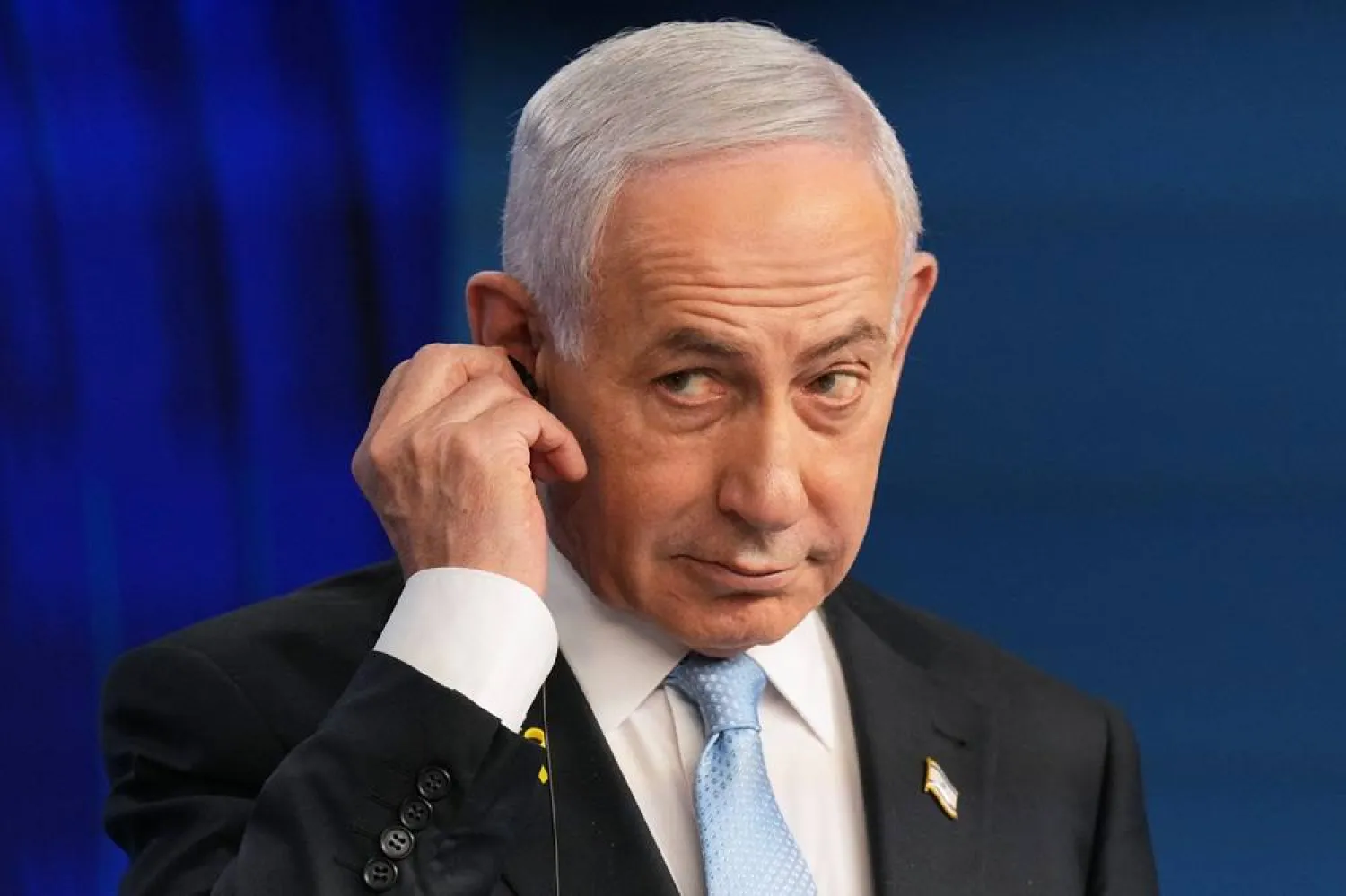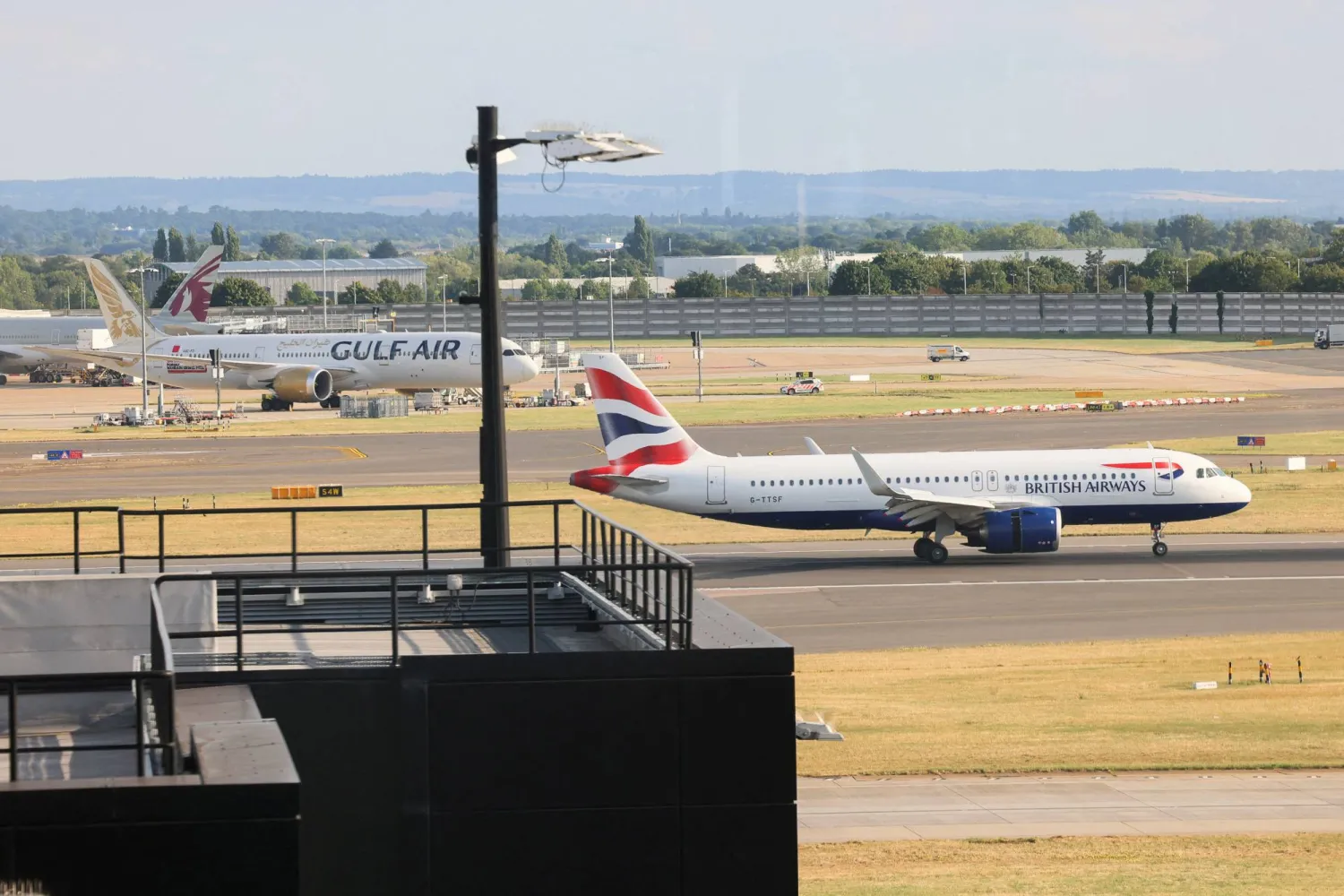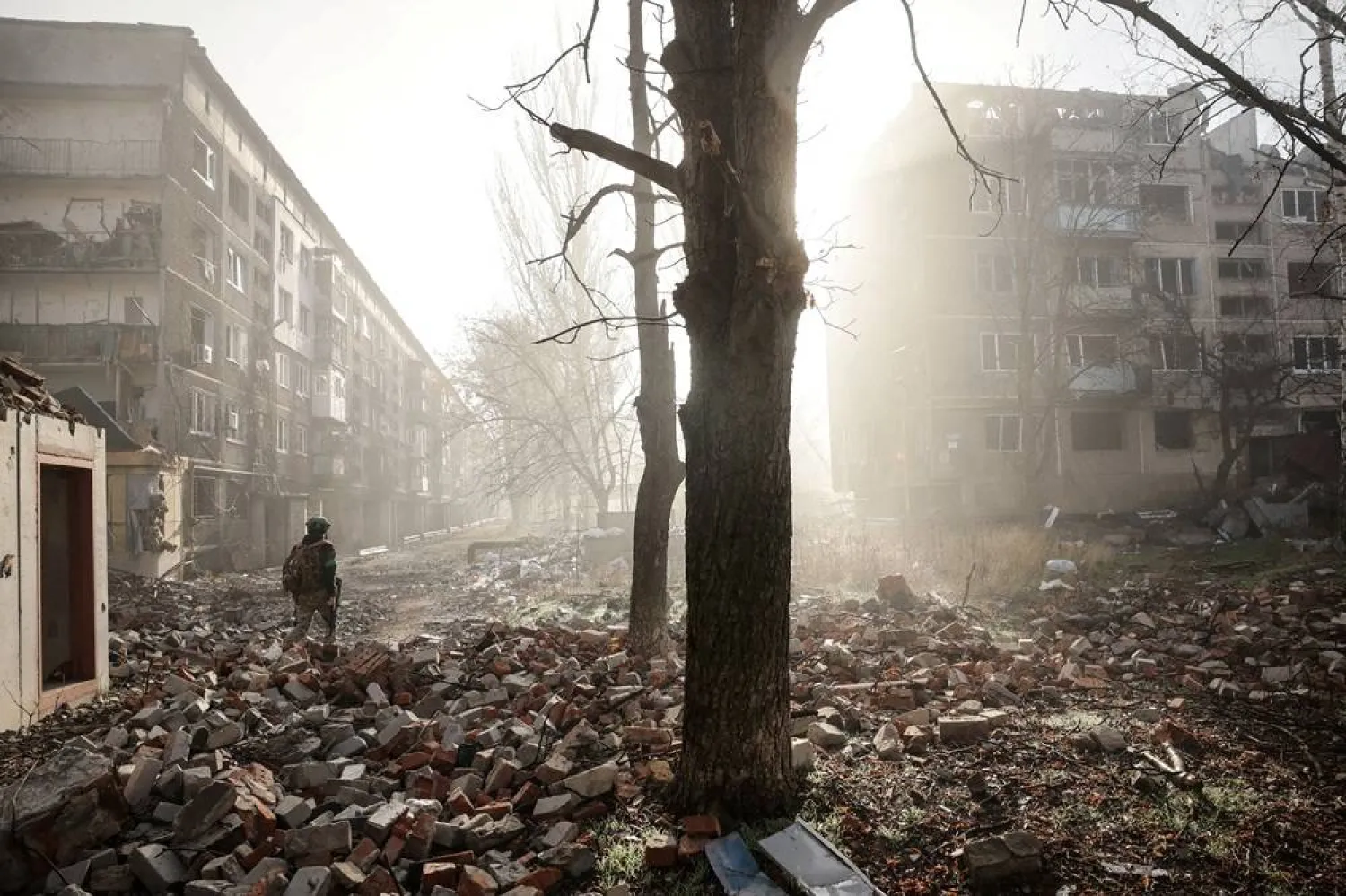Human rights activists called Wednesday on the British Home Secretary to halt next week’s planned deportation to Rwanda of an Iranian former police commander, saying they fear for his life following his testimony to the International People’s Tribunal on Iran’s atrocities during the November 2019 protests.
Justice for Iran, an NGO tracking human rights violations, campaigned for signing a petition calling on British authorities to halt the deportation of the former police commander to Rwanda next June 14.
The petition warned that the witness could be kidnapped by Iranian authorities after arriving in the African country.
“This is an unfair and dangerous decision that must be reversed immediately,” it said.
The former Iranian police commander, also known as “Witness 195” or Bahram, had testified against Iranian authorities to the Aban Tribunal that kicked off in mid-November. Bahram arrived in Britain in May 2021.
He said he formerly led a 60-strong police unit during nationwide anti-government protests in November 2019.
Speaking to the Tribunal via videolink, the witness said he had refused to allow those under his command to shoot at peaceful demonstrators in Iran.
He told the panel about his subsequent arrest and 5-year prison sentence for cooperating and sympathizing with the protestors.
When the Iranian Supreme Court upheld the prison sentence on appeal, the witness said he escaped to Turkey leaving behind his family.
He then left Turkey in spring 2021 and made the dangerous crossing to the UK from France in mid-May in a small boat across the English Channel.
During his arrest, Witness 195 said he was subjected to severe psychological torture at a detention center. He currently suffers from heart problems.
The former police commander also said that the orders to suppress the protests came from the National Security Council, including Iran's Supreme Leader Ayatollah Ali Khamenei.
Late last year, Amnesty International said 324 men, women and children were killed by Iran’s security forces during their crackdown on mass protests that erupted across Iran between 15 and 19 November 2019.
On Dec. 23, 2019, Reuters quoted three sources close to the supreme leader’s inner circle and a fourth official as saying that Khamenei gathered his top security and government officials together and issued an order to crackdown on protesters.
It said what began as scattered protests over a surprise increase in gasoline prices quickly spread into one of the biggest challenges to Iran’s clerical rulers since the 1979 Iranian Revolution.
Last April, the UK and Rwanda governments announced an agreement to send asylum seekers to Rwanda on the grounds of their irregular entry to the UK through the English Channel.









